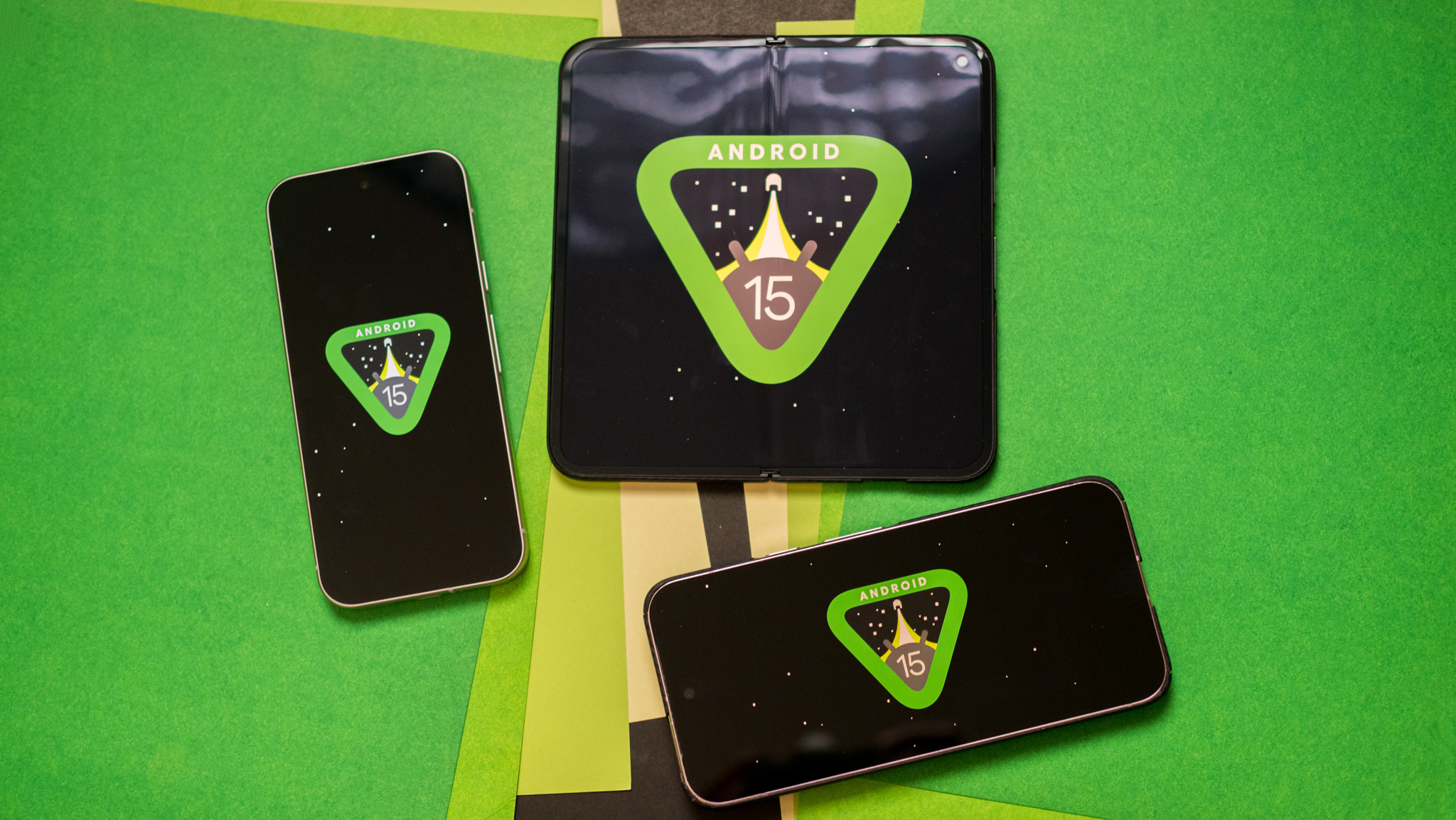ASUS ROG Phone 2 preview: Changing the rules of the game

ASUS sees a lot of potential in the mobile gaming space, and for good reason. The global gaming industry generated $134.9 billion in revenue last year, and 47% of that — a staggering $63.2 billion — was from smartphones and tablets. Mobile gaming has surpassed the PC and console, and the category is set to gain more and more momentum in the coming years.
Battle royale titles like PUBG and Fortnite have contributed heavily to the increased interest in mobile gaming, and the smartphone industry has taken notice. There are dedicated phones targeted at a gaming audience, like the Razer Phone 2, and ASUS' own ROG Phone. The first ROG Phone delivered an interesting design with RGB lighting and vents for heat dissipation, and ASUS is taking things to a whole new level with its successor. This is the ROG Phone II.
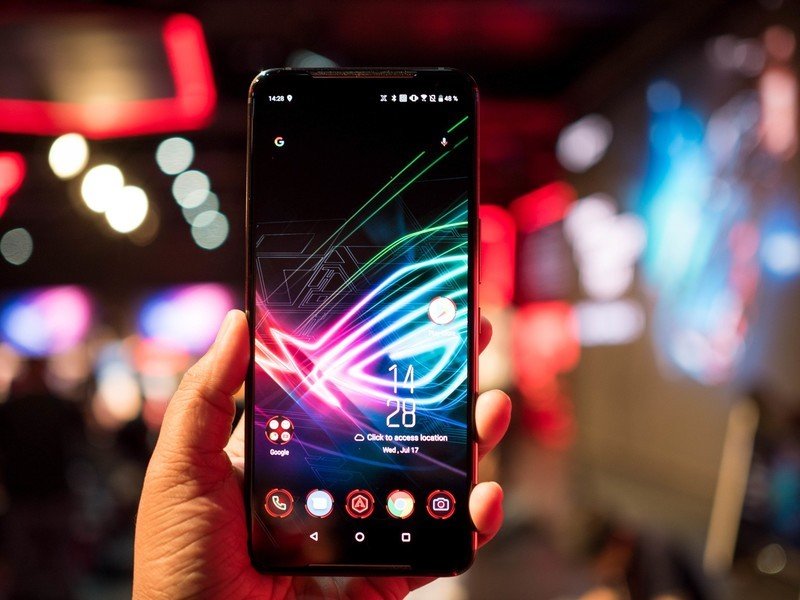
From a design standpoint, the ROG Phone II has a lot of similarities with its predecessor. It follows the same metal-and-glass design with aggressive styling at the back and RGB lighting, but there are a few key differences: the phone is noticeably taller, and it now comes with an in-display fingerprint sensor.
ASUS says users of the first-gen ROG Phone wanted a larger screen, so it put a 6.59-inch 19.5:9 display on the ROG Phone II. The manufacturer also received feedback around the width of the device, narrowing it to 7.8cm. The ROG Phone II comes with a flat screen because a curved panel isn't conducive to extended gaming sessions, and it also retains bezels for the same reason.
With a 120Hz refresh rate and 49ms touch latency, the ROG Phone II has the most responsive display of any phone today.
The marquee addition on the display side of things is the 120Hz refresh rate. ASUS is using an AMOLED panel with a 1ms grey-to-grey response time, along with 240Hz touch sampling. But what's particularly interesting is the touch latency: ASUS says it made several optimizations to the kernel to lower the latency to 49ms, resulting in significantly less lag from hitting a button and the corresponding action on the screen.
To put things into context, the latency on the Galaxy S10+ is 87ms, and 85ms on the OnePlus 7 Pro. Even the iPhone XS Max has a 75ms latency, so the ROG Phone II is the first device to hit that sub-50ms latency figure. The low touch latency along with the 120Hz refresh rate should lead to a noticeable difference in gaming.
ASUS is using a 10bit HDR panel on the device, with on-the-fly upscaling for SDR content. That particular feature will be rolled out via a software update in August. All in all, the display on the ROG Phone II is one of the most interesting I have come across on a phone. Out of the box, you'll be able to play a few games — Shadowgun Legends and Rockman X Dive — at 120Hz, and ASUS says it is teaming up with Tencent and other publishers to optimize titles to run at 120Hz.
Be an expert in 5 minutes
Get the latest news from Android Central, your trusted companion in the world of Android
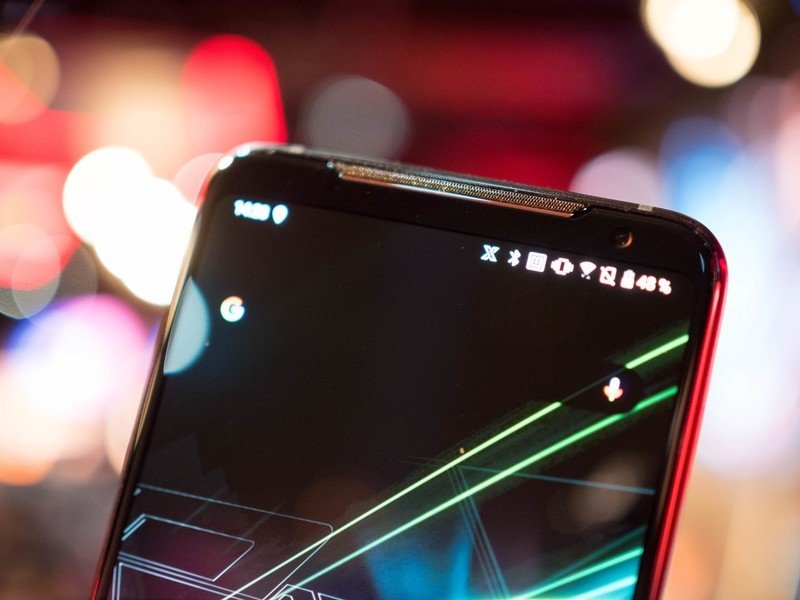
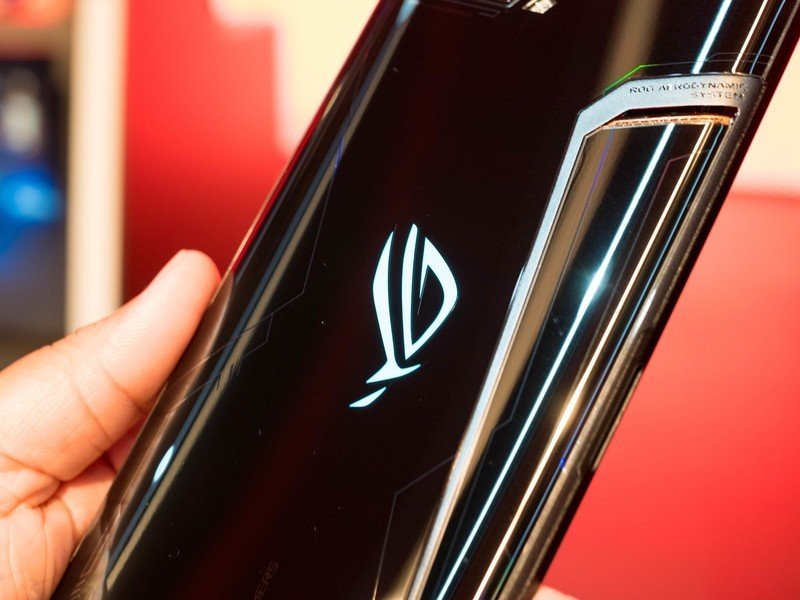
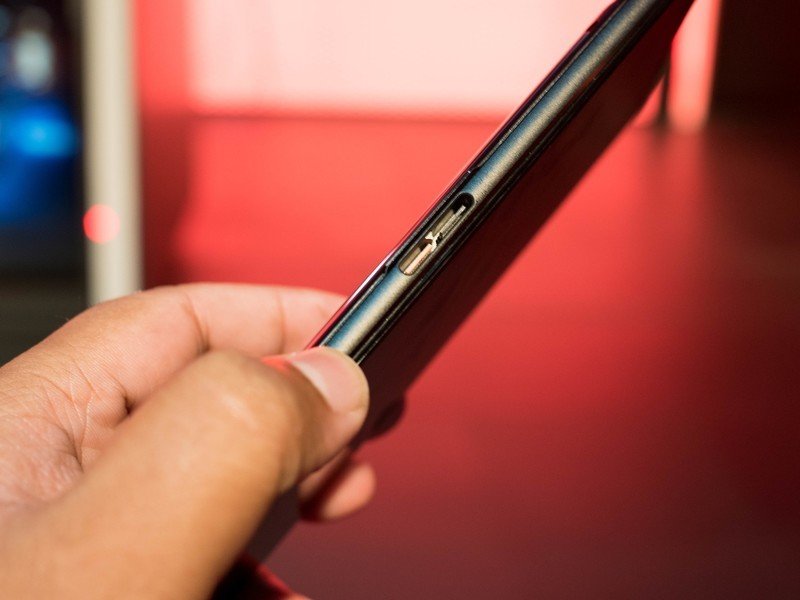
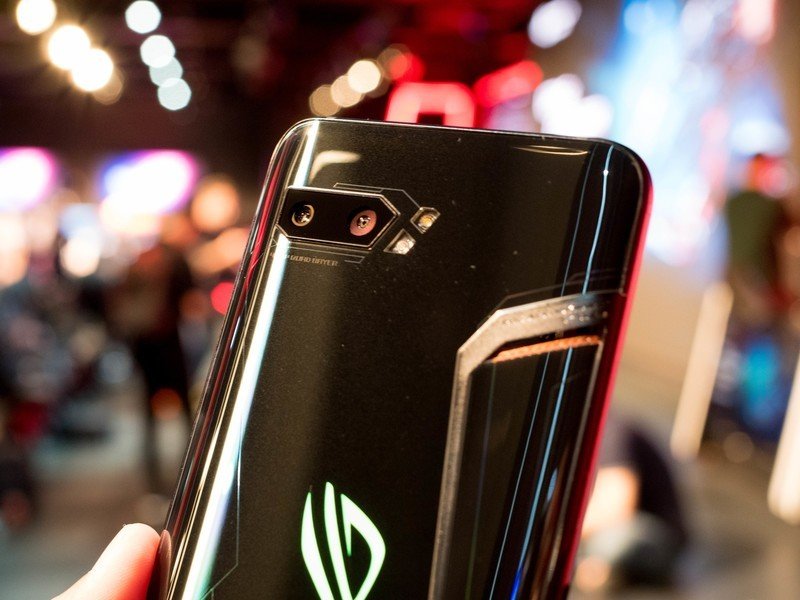
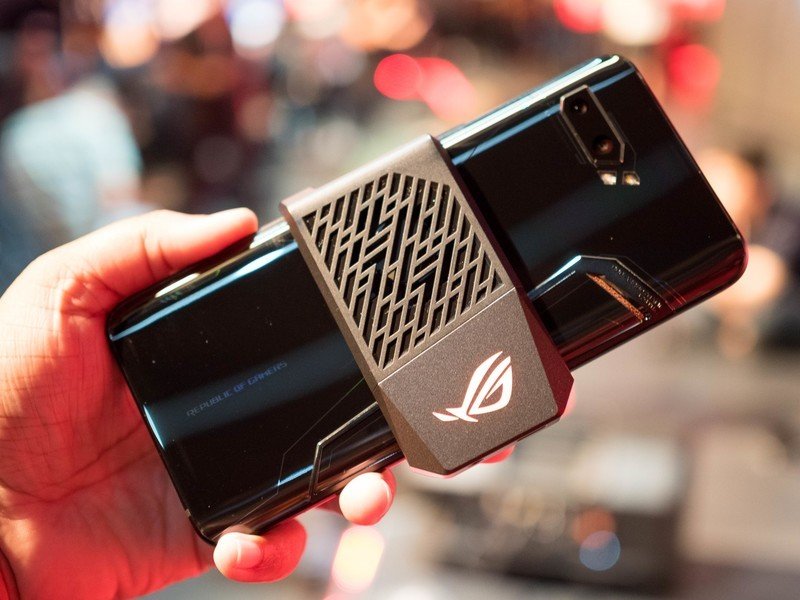
ASUS has retained a few features that made the first ROG Phone stand out: there are dual USB-C ports on the side, so you can change your phone while playing a game without the cable coming in the way, and the phone has a three-layer thermal design to better manage heat. You also get stereo speakers at the front, and dual vibration motors. The ROG Phone II is the first phone to come with two vibration motors, with ASUS noting that it will deliver much better haptic feedback when playing games.
ASUS also put four mics around the phone so your teammates can always hear you during a game. The 3.5mm jack is also present if you need to plug in a wired headset. And yes, the RGB LED lights are back as well, and while the design may not be to everyone's tastes, I think it looks fantastic. Far too few phones stand out these days, but that is definitely not an issue here. The RGB lighting is customizable, and if you're not a fan, you can switch it off entirely.
The ROG Phone II relies on a heat sink to dissipate the heat from the body, and you'll also be able to use the AeroActive Cooler II accessory to cool the device down by another five degrees Celsius. The accessory connects to the device via the dual USB-C ports on the side, and has a bundled fan that siphons heat away from the device. ASUS says that the thermal design allows the device to stay at peak frequencies for longer than other phones.
Snapdragon 855 Plus, UFS 3.0 storage, 6000mAh battery, 3.5mm jack, and dual vibration motors — the ROG Phone II has it all.
Talking about frequencies, the ROG Phone is the first device to run Qualcomm's latest Snapdraogn 855 Plus platform. The chipset is a binned version of the regular Snapdragon 855, with clock sppeds on the prime core going up to 2.96GHz — up from 2.84GHz on the SD855. The Adreno 640 GPU is also clocked at 675MHz, allowing it to deliver 15% better performance while gaming. You can get a model with 12GB of RAM and 512GB of storage, which is about as future-proof as it gets in this segment.
The end result is that the ROG Phone II is the fastest phone in the market today. The higher frequencies on offer with Qualcomm's platform combined with the unique thermal design allows the phone to blitz through the most demanding titles available today without breaking a sweat. The phone isn't lacking in any area: it is only the second device (after the OnePlus 7 Pro) to offer UFS 3.0 storage, and you get LPDDR4X RAM as well as 802.11 ad Wi-Fi, NFC, and USB 3.1 Gen2 connectivity.
There's a multi-antenna design for the Wi-Fi, with four antenna located around the device. The first two antenna are at the top and bottom, a third module is on the side, with the fourth at the back. Although the phone doesn't have Wi-Fi 802.11 ax, the sheer number of antenna combined with the 60GHz transmission should allow for rock-solid connectivity.
All that power is pointless if your phone runs out after a few hours, so ASUS added a massive 6000mAh battery to the ROG Phone II. The phone should easily last two days on a full charge, and when you do need to top up, there's Qualcomm's Quick Charge 4.0 that goes up to 30W. The phone charges from flat to 4000mAh in just 58 minutes, taking an hour and 21 minutes to top up fully.
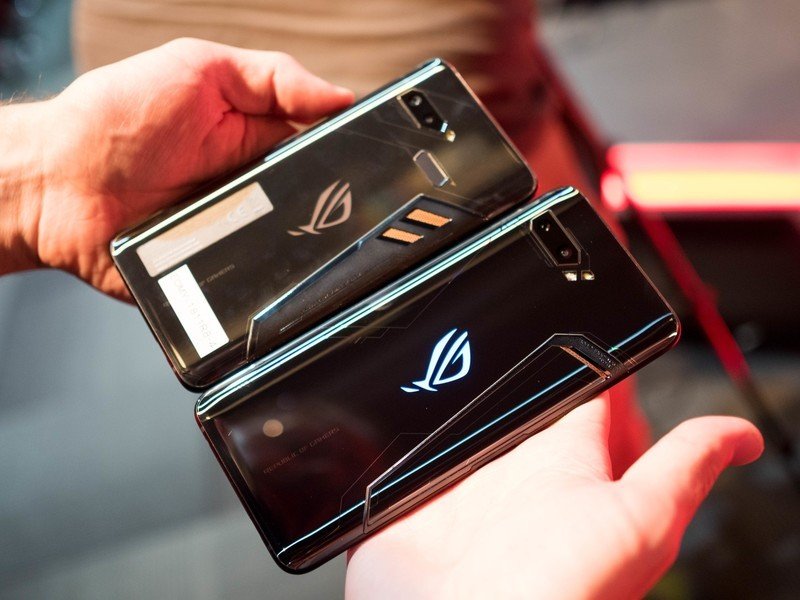
ASUS is fixing a lot of issues from the first ROG Phone. This time around, the ROG Phone II is using the same camera modules as the ZenFone 6, with a 48MP f/1.79 Sony IMX 586 sensor with 1.6um pixel size joined by a 13MP wide-angle lens. That's a big deal as it makes the device much more capable for taking photos. You also get a 24MP camera at the front that's located on the edge of the bezel, with ASUS noting that it is in the ideal location for live-streaming when playing a game.
The ROG Phone II is using the same 48MP camera as the ZenFone 6, and you can switch to a stock Android skin.
The bigger change is around the software. The first-gen ROG Phone had a heavy skin with garish design elements, and while that's still the case this time around, you will be able to switch to a pure Android interface should you wish to do so. ASUS says it is enabling the option to switch to the stock ZenUI interface — the same skin that you get on the ZenFone 6 — during initial setup, and that's a welcome move.
The change is driven by feedback ASUS has received from global markets, and it should make the device much more palatable to a Western audience. Alongside the ability to switch up the interface, ASUS lets you customize various facets of the hardware — the RGB lighting effects, game profiles, thermal management, and refresh rate — from a single location. The ability to set game profiles is particularly useful as you can manually tailor the frequency, refresh rate, and other parameters when launching a game.
There's also a Game Genie mode that disables alerts and calls, and locks the brightness to one setting so it doesn't fluctuate when you're in the middle of a game. One of the areas that made the original ROG Phone stand out was the AirTriggers, and ASUS has made a few changes to the feature this time. First up, ASUS reduced the latency to just 20ms, and it also lowered the actuation force, which means you don't have to hit the trigger with as much force for it to register.
ASUS rolled out several accessories with the first-gen ROG Phone, and it's no different this time around. There's a desktop dock that lets you connect the phone to a monitor, or you can stream the action wirelessly with the WiGig dock. ASUS is also debuting controllers called Kunai that pair over Bluetooth or 2.4GHz.
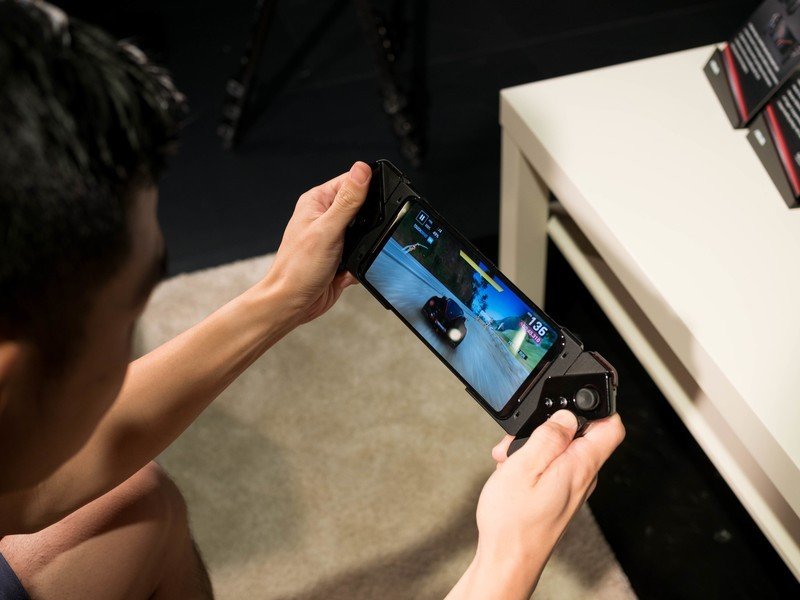
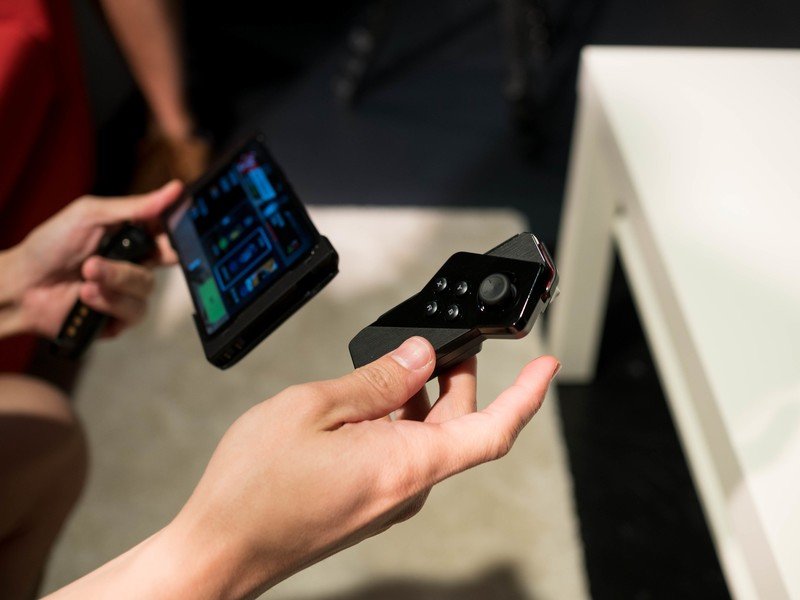
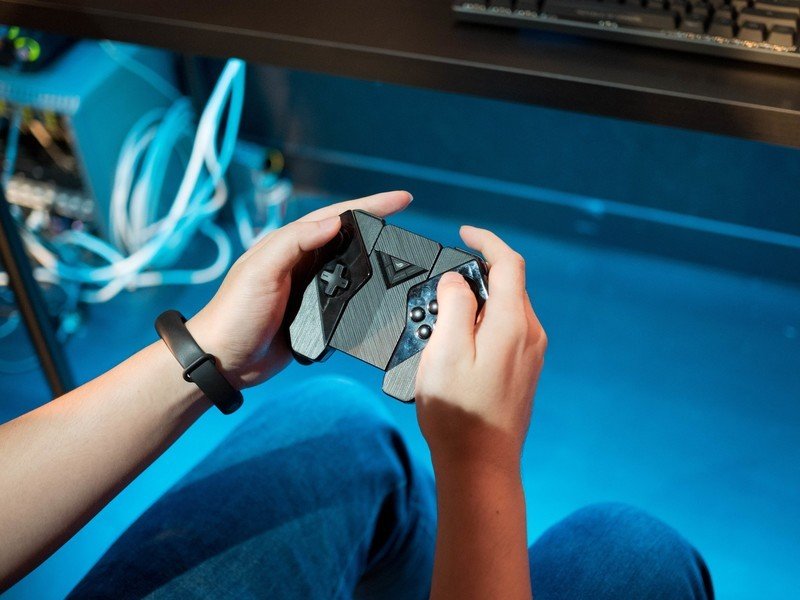
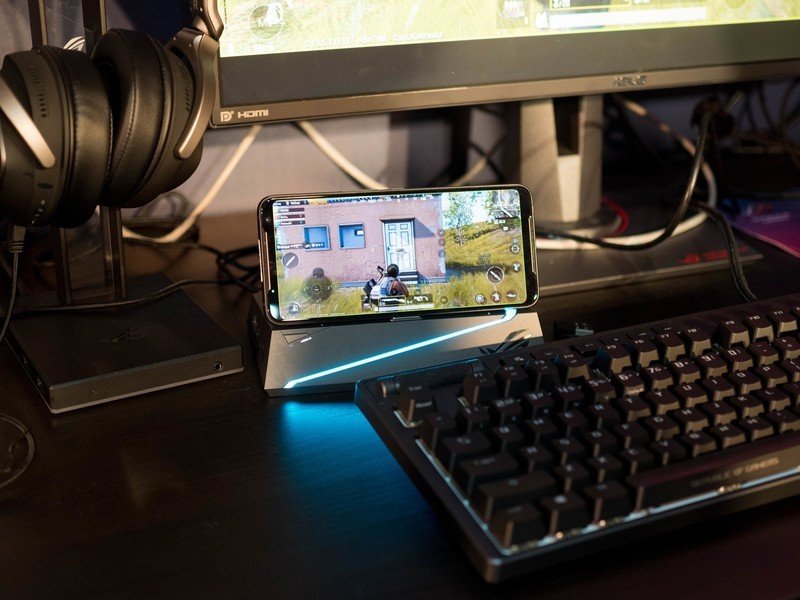
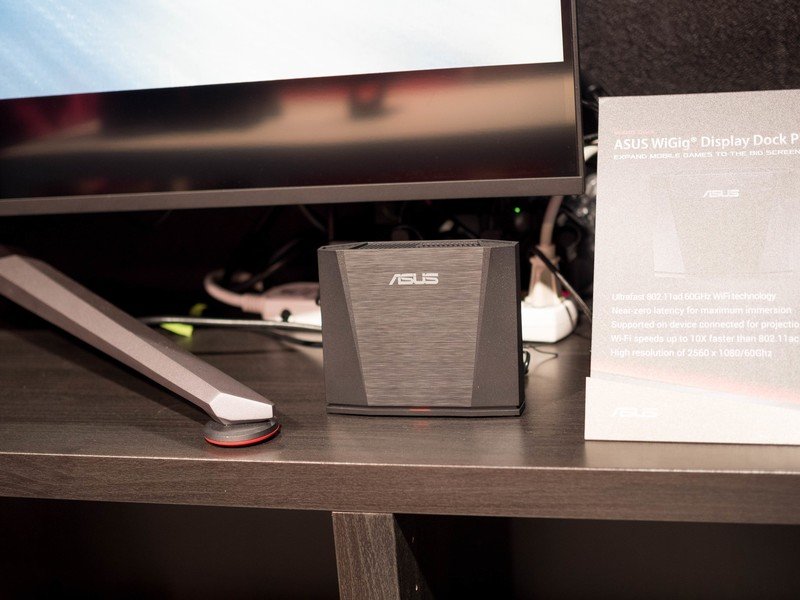
TwinView Dock II is back, adding a second screen that overlays additional information about the game you're playing. It is now lighter and has better weight balance, and you get a 5000mAh battery and a Turbo Fan as well. There's also a gamepad that connects over 2.4GHz, USB, or Bluetooth. The accessories enable a variety of new use cases, and you can use the ROG Phone II in these configurations:
- TwinView Dock II with the Kunai controllers.
- Table mode with the Kunai controllers and the phone hooked up to the gamepad.
- Wireless mode with the phone streaming to a TV via ASUS' WiGig Display Dock Plus.
- Slotting the phone in the Mobile Desktop Dock to play on the big monitor with the Kunai controllers.
Basically, ASUS has an accessory for whatever mode you want to play. There's also a Lighting Armor case that has NFC built in to trigger new backgrounds whenever you put it on the device. And because that particular case hides the RGB lighting on the phone, you get one on the case itself.
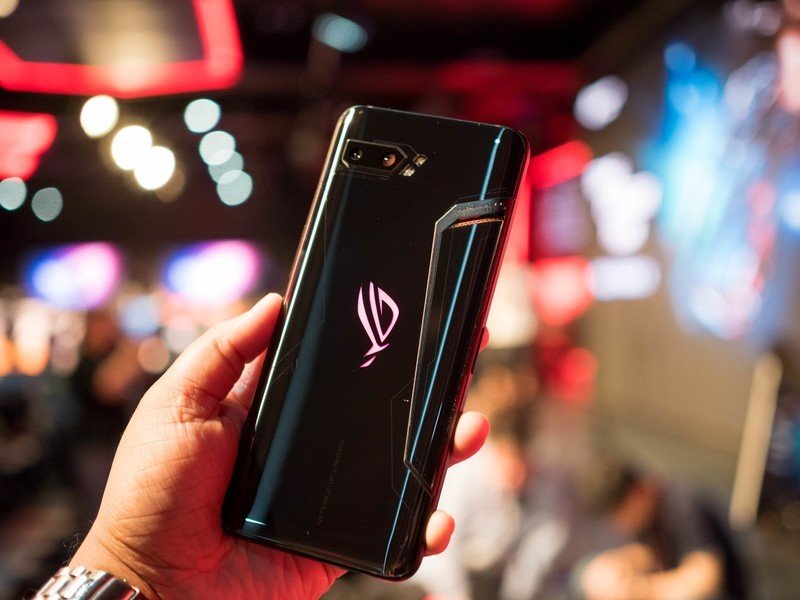
You don't need an ROG Phone II for playing mobile games in the same way that you don't need a Titan RTX for PC gaming. To continue the analogy, if the OnePlus 7 Pro is an RTX 2080, think of the ROG Phone II as an overclocked RTX 2080 Ti — everything is turned up to 11 to deliver the best possible experience. Even if there isn't a huge market for such a product right now, ASUS is betting on mobile gaming going mainstream in a few years' time, and it wants to lead the pack when that happens.
We're already seeing the first signs of that with games like PUBG and Fortnite, and as more and more studios support 120Hz displays, there will be an increased demand for gaming phones. For now, though, if you're serious about mobile gaming and want the best possible device, the ROG Phone II is the best contender.
The ROG Phone II is making its debut in China later this week, and will be exclusive to the market for over a month. It will be heading to global markets on September 4, which is when we'll know more about pricing and availability in North America and Europe. Considering the ROG Phone launched at $900, it's entirely likely that the ROG Phone II will retail for over $1,000. We'll know more about that in the coming months, but for now, what do you think of the hardware on offer? Let us know in the comments below.

Harish Jonnalagadda is Android Central's Senior Editor overseeing mobile coverage. In his current role, he leads the site's coverage of Chinese phone brands, networking products, and AV gear. He has been testing phones for over a decade, and has extensive experience in mobile hardware and the global semiconductor industry. Contact him on Twitter at @chunkynerd.
